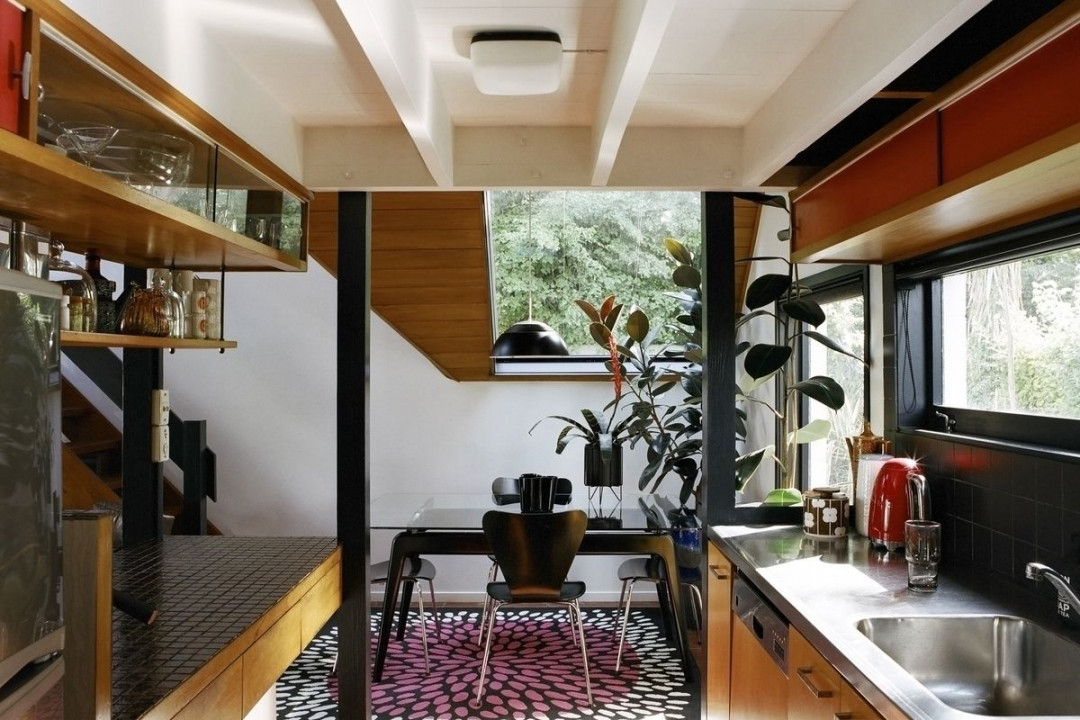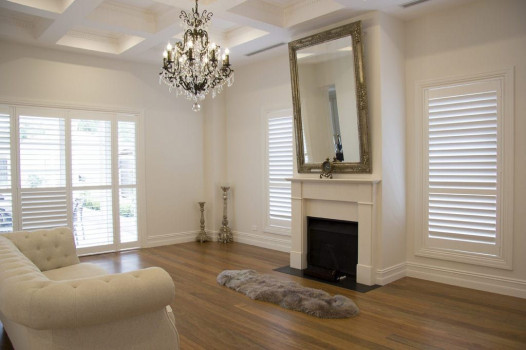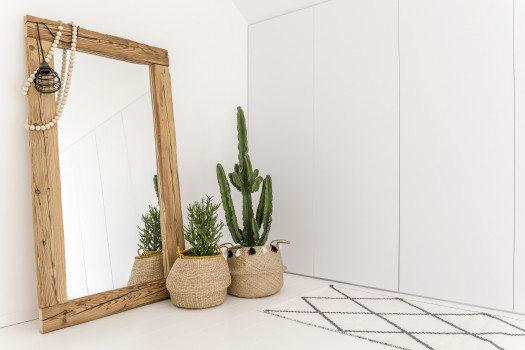Review: I Never Met a Straight Line I Didn’t Like




The rather hefty book is dominated by works by Warren and Mahoney – and rightfully so – given that Miles Warren and Maurice Mahoney were at the heart of the Cantabrian modernist style. The presentation of each house begins with a full-bleed, black title page and leafing through the volume is a straightforward pleasure. A short, written introduction follows, with both facts and personal anecdotes, framing the building’s narrative in history with deliciously detailed flavour. A series of beautiful photographs follows the written account, artfully capturing the house’s individual essence.

Ian Athfield’s Jones House.
Commonalities are well captured, too; the houses are at one with their surroundings. Tales of age – use and weathering – appear on surfaces: moss between pavements, marks of vines growing across concrete block walls. A rather similar material palette exists amongst the houses – alongside the concrete block, exposed rimu ceilings and panelled walls recur. We see that the inhabitants have made the spaces their own. Vases perch casually but perfectly in windows and pictures hang just-so on walls. It is a joy to see furnishings and joinery fit well with their houses, just as the houses do within their landscapes.
These spaces also speak of a kind of modesty with their spatial dimensions, with lounges and bedrooms that, though adequate, seem small to today’s trained eye. Despite this, with the exception of the Elworthy House (still standing, but in faded glory), the book’s photographs attest to the buildings still being treasured, the quality of the spaces enduring beyond changing trends.
An archive is included at the back of the book, with historical photographs and original plans, revealing the deft hands of this era and answering the reader’s hunger for more detail by allowing a more thorough investigation of layouts. These are the straight lines that have brought a delight to living for half a century, and the book documents this superbly through its sequences of photos. They are only titbits from an imperfect record but Gaudin and Arnold have assembled a rare insight to the domestic hidden gems of Christchurch and one that is bliss to savour.




 Indonesia
Indonesia
 New Zealand
New Zealand
 Philippines
Philippines
 Hongkong
Hongkong
 Singapore
Singapore
 Malaysia
Malaysia







